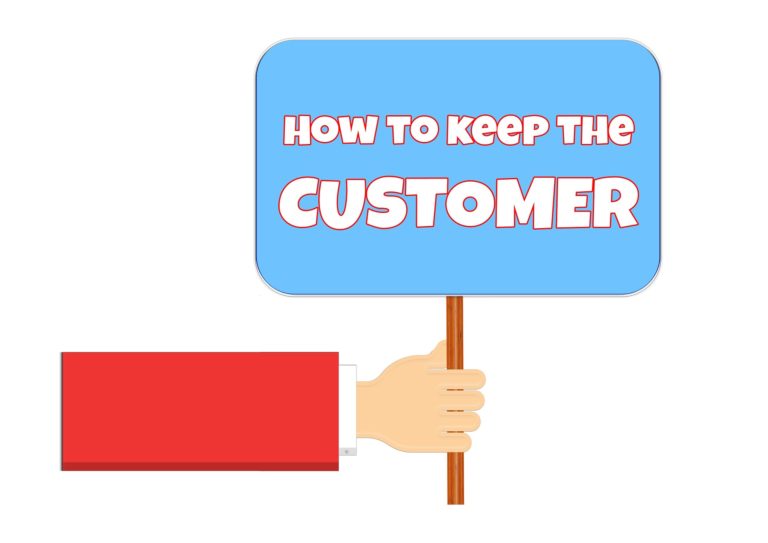“Workplace Stress: a collective challenge”
is the theme of the campaign of the World Day for Safety and Health at Work.
Why workplace stress is a collective challenge and what to do about it
As the world marks World Day for Safety and Health at Work, Valentina Forastieri Senior Specialist, Occupational Health, Health Promotion and Well-being for the ILO, outlines the findings of the latest research on the impact of stress in the workplace.
The relationship between workplace stress and poor mental health is well established. In the ILO’s recent publication, Workplace Stress: A Collective Challenge , the ILO’s Safety and Health at Work team surveyed the most recent studies on workplace stress from around the world including, among others, Asia and the Pacific, the Americas, Australia and Europe. They found that work related stress costs global society untold billions in direct and indirect costs annually. And that is quite apart from the human price paid in misery, suffering and even, according to some of the reports we looked at, in suicide.
Growing pressure at work
We often hear we live increasingly stressful working lives but what does recent experience tell us?
Well, let’s begin with globalization. Global competitive processes have transformed work organization, working relations and employment patterns, contributing to the increase of work-related stress and its associated disorders. With the pace of work dictated by instant communications and high levels of global competition, the lines separating work from life are becoming more and more difficult to identify. An appropriate balance between work and private life is difficult to achieve.
And the phenomenon is indeed global in its impact.
For instance, we note a study from Japan that found 32.4 per cent of workers reported suffering from strong anxiety, worry and stress from work in the previous year. In Chile, 2011 data shows 27.9 per cent of workers and 13.8 per cent of employers reported that stress and depression were present in their enterprises. Similar figures were found in practically every country we considered for this report.
And then, there is the hangover from the recent global economic crisis and recession that forced many enterprises to scale down their economic activity in order to remain competitive. This includes an increase in restructuring, downsizing, merging, outsourcing and subcontracting, precarious work and a higher likelihood of massive layoffs of workers, unemployment, poverty and social exclusion.
These working practices are a source of what is known in the field as “psychosocial hazards”. Within the workplace they contributed to increased competition, higher expectations as regards performance, fast-paced and intensive work, irregular and longer working hours, higher job demands and job insecurity and a lack of control over the content and organization of work and reduced work opportunities. Add to that the fear of losing their jobs, reduced motivation of staff, decreased satisfaction and creativity, and decreased financial stability and you end up with serious consequences for workers’ mental health and wellbeing, with a significant financial bottom line.
These related direct and indirect costs are only beginning to be quantified. Still, some developed countries assess the economic impact of work-related stress, associated behavioural patterns and mental health disorders. For example, in Europe the estimated cost of work-related depression is €617 billion a year, which includes the costs to employers of absenteeism and presenteeism (€272 billion), loss of productivity (€242 billion), healthcare costs (€63 billion) and social welfare costs in the form of disability benefit payments (€39 billion).
Lifting the Burden
What measures can we take to reduce the toll of workplace stress on our societies and businesses?
Here are five ideas that we believe can have a profound impact:
- Continued focus. Awareness on these issues is growing. In most countries policymakers and social partners have become involved in concrete interventions to tackle psychosocial hazards, which are the causes of work-related stress. Social partners have been active, awareness raising campaigns have proliferated and many research networks and professional associations have become involved.
- Prevention. The protection of mental health at work has more impact if it focuses on preventive strategies. It is essential to handle the causes and the consequences of work-related stress with a combination of both collective and individual measures.
- Inclusion. Greater opportunities for participating in decision-making are associated with greater satisfaction and a higher feeling of self-esteem. In the long-term, even small amounts of autonomy in the execution of tasks are beneficial for the mental health and productivity of workers. Participation in decision-making in the workplace moderates the effects of psychosocial hazards such as job demands and leads to reduced psychological strain.
- Management. A comprehensive OSH management system would ensure improved preventive practices and incorporation of health promotion measures. This should include psychosocial risks in risk assessment and management measures with a view to effectively managing their impact in the same way as with other OSH risks in the workplace. Workers’ participation in this process is crucial.
- Organizational Culture: ILO experience shows the importance of the social environment in shaping work behaviours and valuing them; human resource policies play a role in ensuring working relationships based on trust, authenticity and partnership.
Today workers all over the world are facing significant changes in work organization and labour relations; they are under greater pressure to meet the demands of modern working life. For our health, our wellbeing and our livelihoods we must continue work collectively to reduce the impact of stress in the workplace.
Source: http://www.ilo.org/global/about-the-ilo/newsroom/comment-analysis/WCMS_475077/lang–en/index.htm




